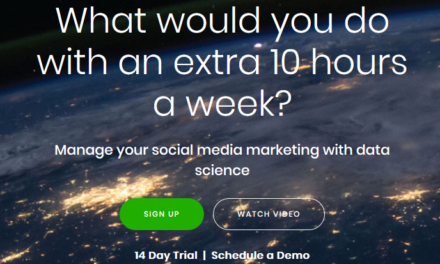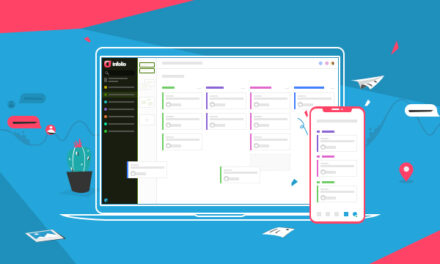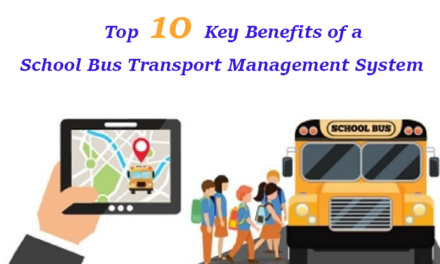Of course, developing apps for the iPhone and the Android stores can bring in a lot of money, but how do you get an app to make money by itself? There are millions of apps and it is difficult to get recognition for your app and persuade people to buy it; hence, you need a good monetizing strategy. Everyone prefers to use a free app supported by ads for their mobile devices. Let’s discuss the free apps vs. paid apps issue.
Strategy for Monetization
Firstly, ask yourself the following questions, as an app developer:
- Is the app I have created really interesting enough for people to use it frequently?
- Will people be ready to pay upfront for using this app?
- What is the monetizing strategy used by competitors and what is their success rate?
Today, there is a virtual explosion in the app market for different platforms and developers keen on monetizing strategies have four basic options:
- The developer can sell the app in an application store.
- He can offer a free app that is supported by a subscription fee.
- He can offer a free app for specific purchases.
- A completely free app that is supported by ads.
Free vs. Paid Apps – Is the Revenue from Advertisers or from Users?
Most of the Android and Apple operating system users are not interested in paid apps, subscriptions and even in add-ons. Hence, developers for the Smartphone have to depend on money earned through advertisements, as advertisers are more willing to pay than users and are ready to market it.
Money earned through Advertising
More and more advertisers are spending on selling apps, with most of them concentrating on the apps for mobile phones, as apps are usually created for the Smartphone. Statistics show that revenue from mobile advertising reached $1.6 billion last year. Hence, it can be safely concluded that apps can be monetized when they are supported by ads. Scientists of Cambridge University observed that 73% of Android apps were free, with 80% of these depending on ads for monetizing. It is also noted that free apps are downloaded more than paid ones, with 20% of the paid apps being downloaded over 100 times and merely .2% of the paid ones getting downloaded over 10,000 times. On the other hand, 20% of apps that are free are downloaded more than 10,000.
Combining Strategies
Though the majority of users opt for free apps, there is a small section seeking the pro or paid version. Developers can adopt a two way approach by creating both the versions. For instance, the Guardian in the UK offers a free Android app and an iPhone app that is a paid one. Another big player taking on this strategy is Echofon, with both free and paid apps.
Go through all the options supported by ads when you have developed an app and check out the CPMs or the CPCs (cost per thousand impressions and cost per click) along with the labor of integrating the ads in your app. Also, take into account the effects of these ads on the user, so that they do not turn out to be irritating.





